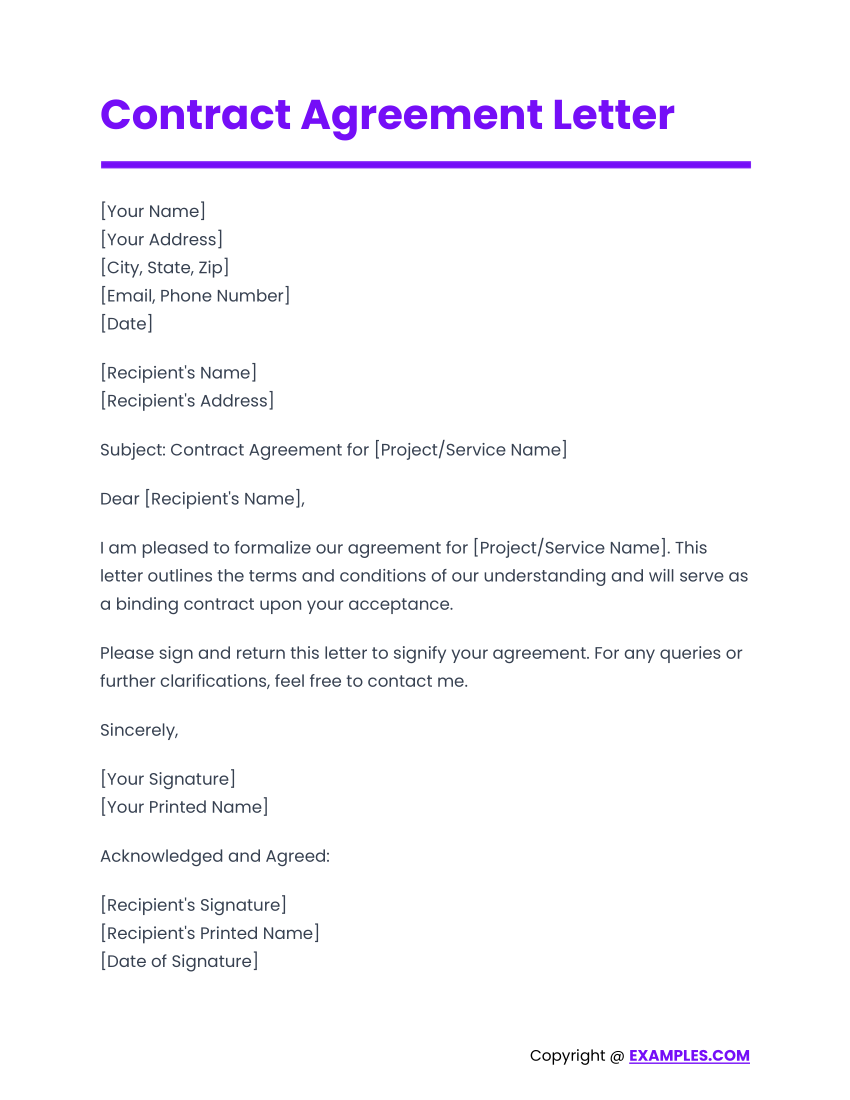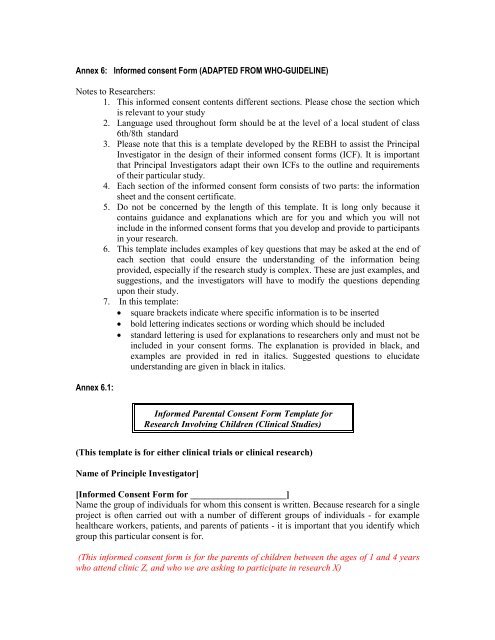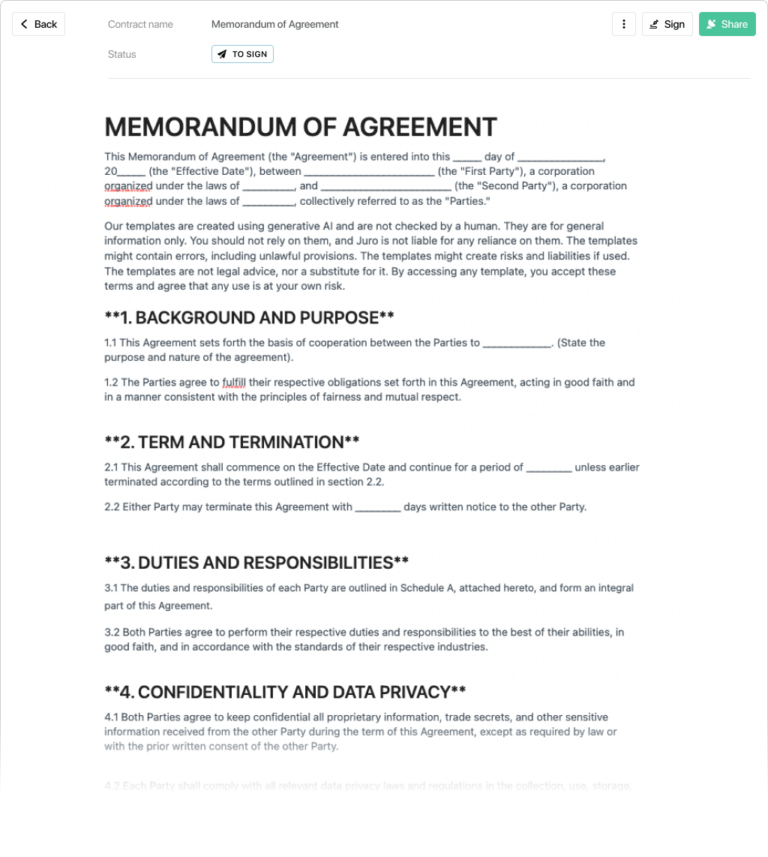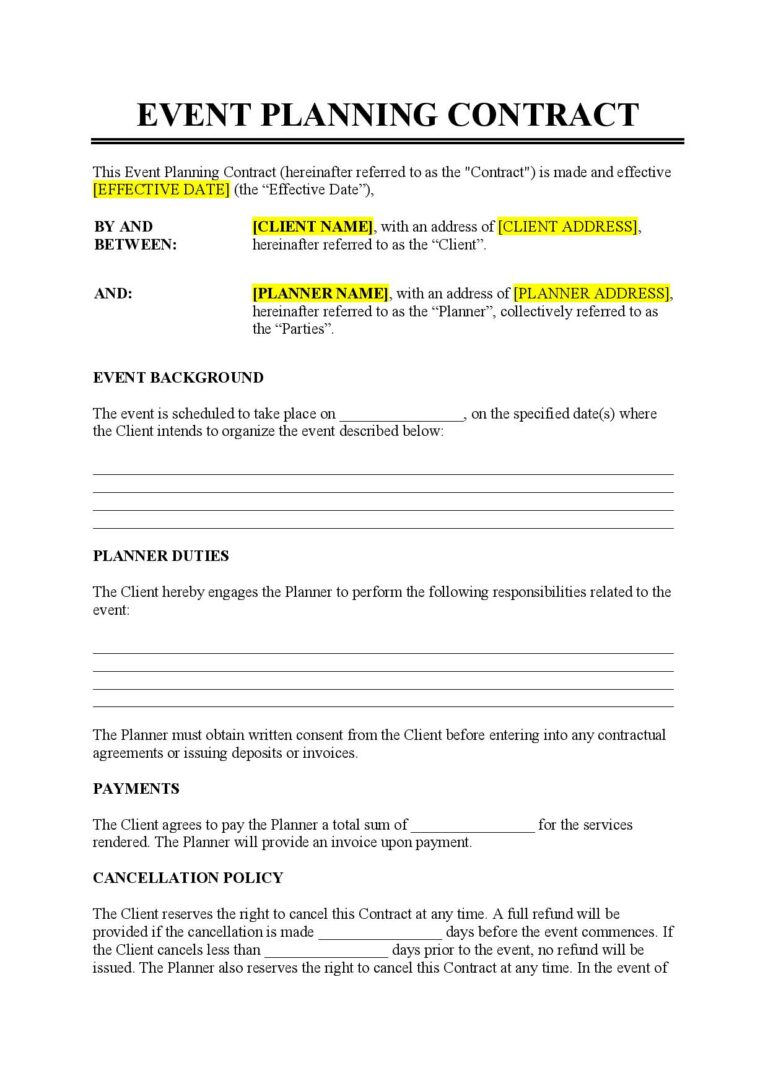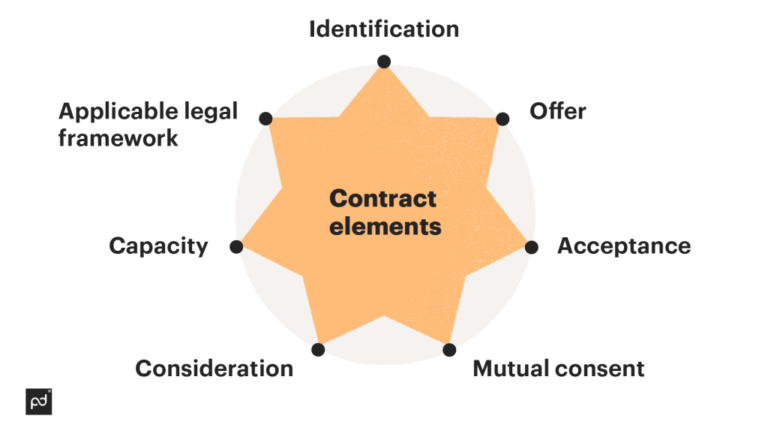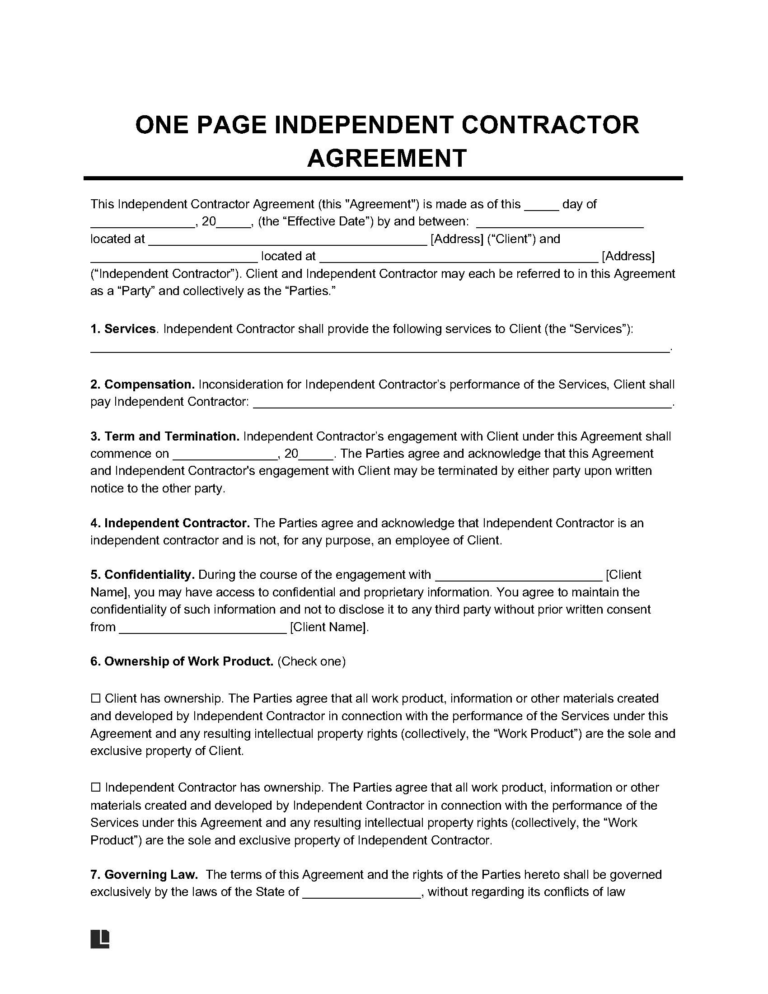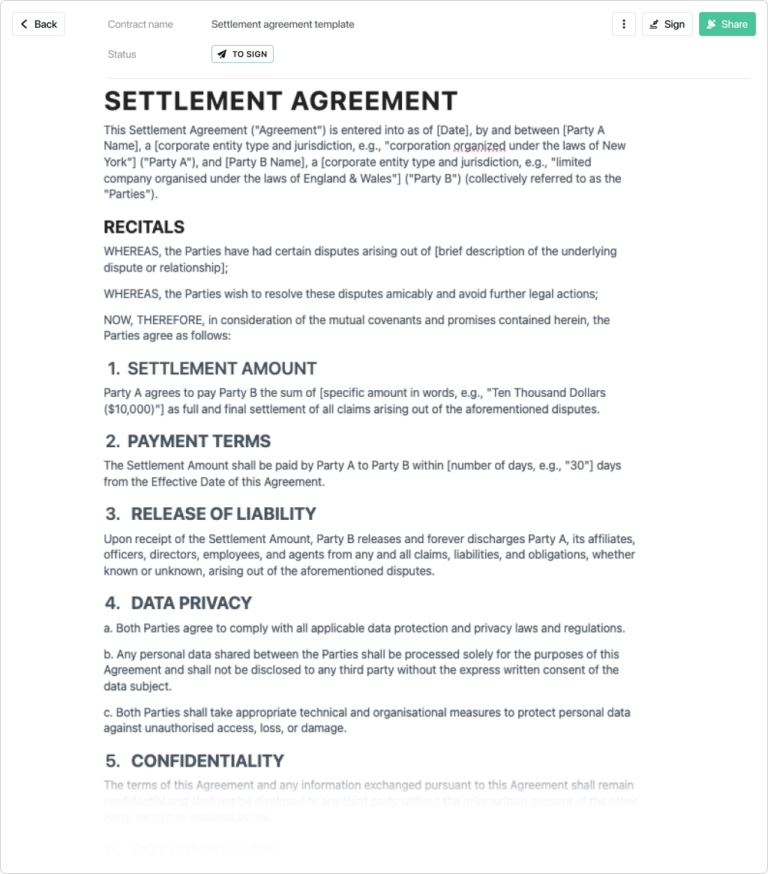Contract Agreement Verbiage: A Guide to Precise and Enforceable Contracts
In the realm of business and law, contracts serve as the foundation for binding agreements between parties. The language used in these contracts holds immense significance, as it determines the rights, obligations, and legal consequences for those involved. This guide delves into the intricacies of contract agreement verbiage, exploring its importance, essential elements, interpretation, drafting, negotiation, and enforcement.
Precise and unambiguous language is paramount in contracts, ensuring that the intentions of the parties are clearly expressed and understood. Common phrases and clauses carry specific legal meanings, and their proper usage is crucial to avoid ambiguity and potential disputes. Conversely, vague or ambiguous language can lead to misunderstandings and even legal challenges.
Contractual Language
In the realm of agreements, precise and unambiguous language is paramount. Contracts serve as binding blueprints for legal obligations, and the clarity of their language determines the enforceability and interpretation of their terms.
Contracts employ specific phrases and clauses that convey distinct meanings, such as:
- “Shall” indicates a mandatory obligation.
- “May” grants discretion or permission.
- “Hereby” signifies immediate and definitive action.
- “Whereas” introduces a statement of fact or recital.
- “In consideration of” expresses the exchange of value for a promise.
Vague or ambiguous language in contracts can lead to legal disputes and uncertainty. If the parties disagree on the meaning of a provision, a court may need to interpret it, potentially leading to unpredictable outcomes.
Essential Elements of a Contract Agreement
A legally binding contract requires several key elements to be present. These elements ensure that the agreement is enforceable and protects the rights of both parties.
The essential elements of a contract are:
Offer and Acceptance
An offer is a proposal to enter into a contract. It must be clear, specific, and communicated to the other party. Acceptance is the agreement to the terms of the offer. It must be unconditional and communicated back to the offeror.
Consideration
Consideration is the exchange of value between the parties. It can be anything of value, such as money, goods, or services. Consideration must be sufficient and legal.
Capacity
Capacity refers to the legal ability of the parties to enter into a contract. Minors and individuals with mental disabilities may not have the capacity to contract.
Legality
The purpose of the contract must be legal. Contracts that violate the law or public policy are not enforceable.
Mutual Assent
Mutual assent means that both parties have agreed to the terms of the contract. This can be expressed through written or verbal agreement.
Omission or Inadequate Addressing of Essential Elements
Omitting or inadequately addressing any of these essential elements can result in the contract being void or unenforceable. It is crucial to ensure that all elements are present and properly documented to create a legally binding agreement.
Interpretation of Contractual Terms
The interpretation of contractual terms is the process of determining the meaning and intent of the parties to a contract. Courts use a variety of principles and methods to interpret contractual terms, including:
- The plain meaning rule: This rule states that the words of a contract should be given their ordinary and usual meaning.
- The parol evidence rule: This rule states that extrinsic evidence (evidence that is not contained within the written contract) cannot be used to vary or contradict the terms of a written contract.
- The rule of contra proferentem: This rule states that ambiguous terms in a contract should be interpreted against the party who drafted the contract.
Courts will often interpret ambiguous or conflicting provisions in a contract in favor of the party who did not draft the contract. This is because the party who drafted the contract is in a better position to protect its interests.
Extrinsic evidence can be used to interpret a contract if it is relevant to the meaning of the contract and if it does not vary or contradict the terms of the contract. Extrinsic evidence can include evidence of the parties’ negotiations, their course of dealing, and the industry customs.
Drafting Effective Contract Agreements
When drafting a contract, it’s important to be clear and concise. Use language that is easy to understand and avoid jargon. Make sure that the contract is well-organized and that the provisions are in a logical order.
It’s also important to seek legal review before executing a contract. A lawyer can help you to ensure that the contract is fair and that it protects your interests.
Organizing Contract Provisions
The way you organize the provisions in your contract can have a big impact on its readability and enforceability. Generally, it’s best to start with a brief introduction that sets out the purpose of the contract. This is followed by the operative provisions, which set out the rights and obligations of the parties. The contract should end with a closing section that includes the signatures of the parties.
Using Appropriate Language
The language you use in your contract should be clear, concise, and unambiguous. Avoid using technical jargon or legalese. Instead, use plain English that can be easily understood by all parties.
Seeking Legal Review
It’s always a good idea to seek legal review before executing a contract. A lawyer can help you to ensure that the contract is fair and that it protects your interests.
Negotiating Contractual Terms
Negotiating contractual terms is a crucial part of the contracting process, involving strategies and techniques to reach mutually acceptable solutions.
Effective negotiation involves understanding the interests of all parties, identifying areas of compromise, and using persuasion to reach an agreement that meets the needs of all.
Strategies and Techniques
- Preparation: Gather information, research precedents, and anticipate potential issues.
- Communication: Establish clear lines of communication, listen actively, and convey your position effectively.
- Flexibility: Be willing to adjust your position, explore alternatives, and compromise to find common ground.
- Concessions: Offer concessions in exchange for concessions from the other party, but avoid making unnecessary concessions.
- Leverage: Identify your leverage points and use them strategically to gain concessions from the other party.
Common Negotiation Tactics and How to Counter Them
- Aggressive tactics: Respond calmly, stay focused on your goals, and avoid getting defensive.
- Delaying tactics: Set deadlines and stick to them, and be prepared to walk away from the negotiation if necessary.
- Lowballing: Be prepared to reject unreasonable offers and counter with a realistic proposal.
li>Emotional appeals: Acknowledge the other party’s emotions, but remain objective and focus on the facts.
Importance of Compromise and Finding Mutually Acceptable Solutions
Compromise is essential in contract negotiations. By finding mutually acceptable solutions, parties can build stronger relationships, reduce the risk of disputes, and ensure that the contract meets the needs of all involved.
To achieve compromise, focus on identifying areas of common interest, explore creative solutions, and be willing to adjust your position to reach an agreement that is fair and equitable for all parties.
Enforcing Contractual Obligations
Ensuring compliance with contractual obligations is crucial. Breaches of contract occur when one party fails to fulfill their contractual commitments, leading to legal consequences.
Remedies for breach of contract aim to compensate the non-breaching party for losses incurred and deter future breaches. The type of remedy granted depends on the nature of the breach and the specific circumstances.
Specific Remedies
- Damages: Monetary compensation awarded to the non-breaching party to cover actual losses suffered due to the breach.
- Specific Performance: A court order requiring the breaching party to fulfill their contractual obligations exactly as agreed upon.
- Injunction: A court order prohibiting the breaching party from continuing or repeating the breach.
- Rescission: A court order canceling the contract and restoring the parties to their pre-contractual positions.
Factors Affecting Enforceability
The enforceability of contractual obligations can be affected by several factors, including:
- Validity of the Contract: The contract must be legally valid, meaning it was entered into voluntarily, without coercion or fraud, and with the parties having the capacity to contract.
- Statute of Limitations: Each jurisdiction has a specific time limit within which legal actions for breach of contract must be brought.
- Unconscionability: A contract may be unenforceable if its terms are so one-sided or unfair that it would be unconscionable to enforce them.
- Illegality: A contract is unenforceable if its purpose is illegal or violates public policy.
Helpful Answers
What is the importance of using precise and unambiguous language in contracts?
Precise and unambiguous language ensures that the intentions of the parties are clearly expressed and understood, minimizing the risk of misunderstandings and disputes.
What are some examples of commonly used phrases and clauses in contracts?
Commonly used phrases and clauses include “consideration,” “breach of contract,” “force majeure,” and “termination.” Each carries a specific legal meaning and should be used appropriately.
What are the consequences of using vague or ambiguous language in contracts?
Vague or ambiguous language can lead to misunderstandings, disputes, and even legal challenges, as the intentions of the parties may be unclear or open to multiple interpretations.
What are the essential elements that must be present for a contract to be legally binding?
Essential elements include offer, acceptance, consideration, capacity, and legality. All elements must be present for a contract to be considered valid and enforceable.
What are the principles used to interpret contractual terms?
Principles of interpretation include the plain meaning rule, the parol evidence rule, and the rule of contra proferentem. These principles guide courts in determining the meaning and intent of contractual provisions.
What are some best practices for drafting effective contract agreements?
Best practices include using clear and concise language, organizing provisions logically, and seeking legal review before execution.
What are some strategies and techniques involved in contract negotiations?
Strategies and techniques include preparation, understanding the other party’s interests, using negotiation tactics, and finding mutually acceptable solutions.
What are some legal remedies available for breach of contract?
Legal remedies include damages, specific performance, and injunctions. The appropriate remedy depends on the nature of the breach and the circumstances of the case.
